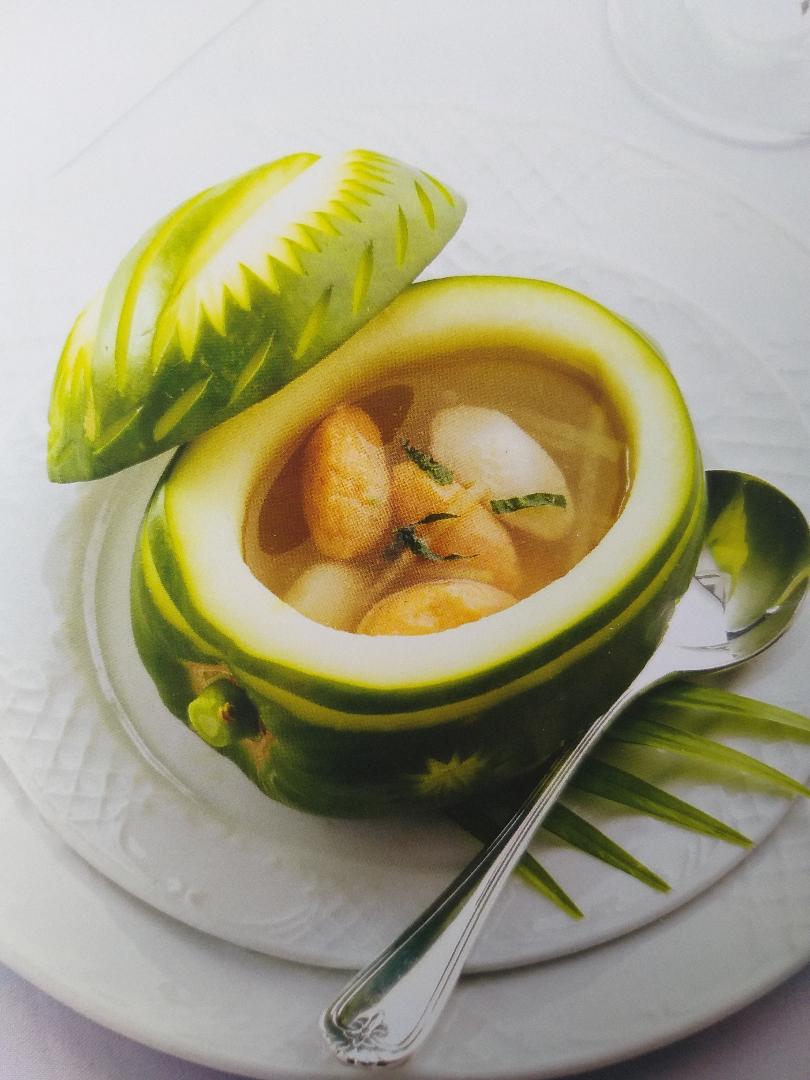
For several weeks now, I’ve been working with a production team photographing dishes for a recipe book. The team includes the book designer who determines the look of the book, the food stylist who makes the food look delicious, the photographer who will bring the pages to life, and the chef who tests and cooks the recipes to make sure they work.
When I watch the team go through the process, the long hours and the many props to bring and work with, writing seems to be the easier job. I feel compelled to be there because, most of the time, I am the point person who conceptualized and wrote the book, and so I know what’s supposed to appear on the pages. For instance, does the leg of lamb show the garlic pieces embedded in the skin?
But cooking for eating is different from cooking for photography. In the latter, roasted meat is half-done at first, the surface browned by the stylist with her torch. Frying food must be watched closely so that the pieces don’t look burnt. Salad greens must be arranged by hand by design. Crumbs are placed around the cookies to give a more realistic look.
There is nothing on the page that isn’t planned. And the plan is for the food to look real and to make the reader want to taste what is presented.
There was a time when culinary schools offered food styling courses. It involved paint for retouches using different brushes, some putty to be formed into bread or ice cream, and techniques that were closely guarded secrets—like how a cake could have an even, straight filling. It wasn’t unusual to use 50 pieces of buns to shoot one perfect piece of hamburger sandwich.
What happens to all the food? It was thrown out because nobody wants to eat over-handled dishes or those painted with toxic materials. Who can eat a scoop of ice cream that isn’t made of ice cream?
Eating the product
The trend these days, however, is to shoot cooked food as is. This is why I love Saveur magazine because the food may look imperfect, but you know it was cooked properly. And even if ice cream takes a lot of preparation (freezing at the right temperature for scooping, freezing the scooped portions, setting up the lights correctly so shooting time is fast), we can eat the product after.
But there is a middle ground where the look is more controlled. And that is what the production team I work with does. Technology has made it possible for the team to look at what will appear onscreen and then correct the lighting and the angles, fill up empty spaces by rearranging or adding props.
So, what happens to the food we shoot that looks perfectly roasted? They’re placed into the oven again together with the slightly fried food to cook properly, and added to our lunch or merienda.What about the salad greens arranged by hand? They’re washed again to have new life as plant-based side dish to the roast.
And the cookies? While taking a bite, we catch the crumbs with our hands so as not to waste all that goodness.
Email the author at pinoyfood04@yahoo.com